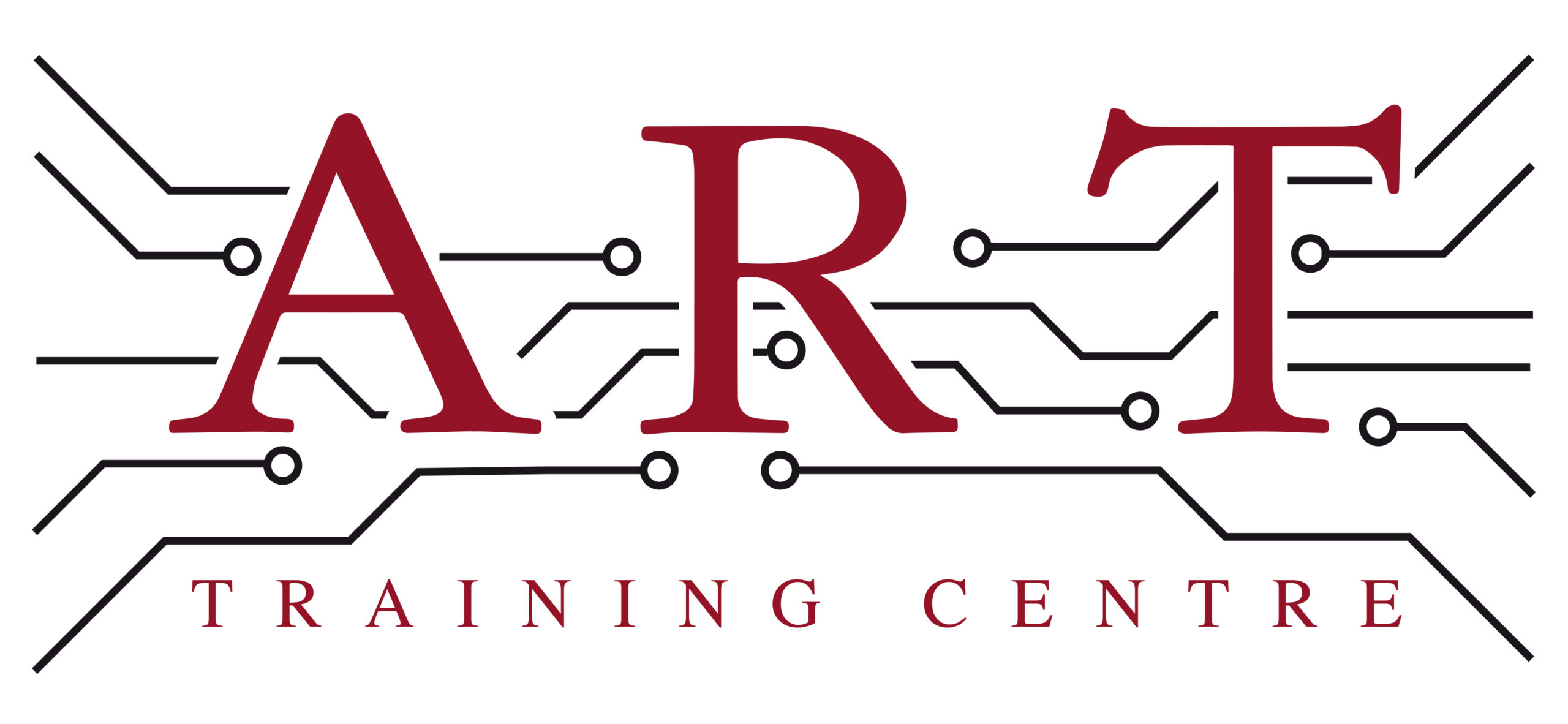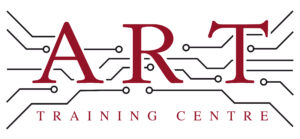Definition
Potting is a process in electronics manufacturing where components, such as circuit boards, are encased in a solid or gel-like material. This material, often a type of resin, protects the components from moisture, dust, and mechanical stress. Potting is essential for enhancing the durability and reliability of electronic devices, making it a key concept in both manufacturing and rework.
How It’s Used in the Industry
In electronics assembly, potting is applied by first preparing the printed circuit board (PCB) and its components. Technicians clean the surface and ensure all connections are secure. Next, a potting compound is mixed and poured over the PCB, filling any voids and covering all components. Once cured, this compound forms a protective layer. Potting is crucial for soldering methods where moisture resistance is required, and it plays a significant role in rework by protecting repaired areas from environmental damage. Understanding potting is vital for both trainees and experienced professionals, as it ensures product longevity and reliability.
History & Origins
Potting became common in electronics manufacturing during the mid-20th century, particularly as the demand for more reliable and rugged electronic devices grew. Early applications were primarily in military and aerospace sectors, where equipment faced harsh environments. The development of industry standards, such as those from IPC, helped formalise potting processes, ensuring quality and consistency. As technology advanced, potting materials improved, making it a standard practice in many electronic applications.
Variations
There are several variations of potting, including epoxy, silicone, and polyurethane potting compounds, each offering different properties such as flexibility, temperature resistance, and chemical stability. Compared to encapsulation, which often involves a thicker layer of material, potting typically provides a more robust and durable solution for protecting components. Understanding these differences is essential for selecting the right method for specific applications in electronics manufacturing.
Modern Applications
Today, potting is widely used in the production of electronic devices, including those with surface mount and through-hole technology. It is essential for ensuring quality and reliability in products ranging from consumer electronics to industrial equipment. Potting also supports compliance with IPC standards, which emphasise the importance of protecting electronic components from environmental factors. As technology evolves, potting continues to play a crucial role in advanced assembly techniques and the overall performance of electronic devices.
Practical Tips & Training
When working with potting materials, it is important to follow safety guidelines, such as using gloves and working in a well-ventilated area. Inspect potting applications for bubbles or voids, as these can compromise protection. Useful tools include mixing containers and dispensing equipment for precise application. Structured training and certification in potting techniques are essential for ensuring high-quality results and adherence to industry standards in electronics manufacturing.


